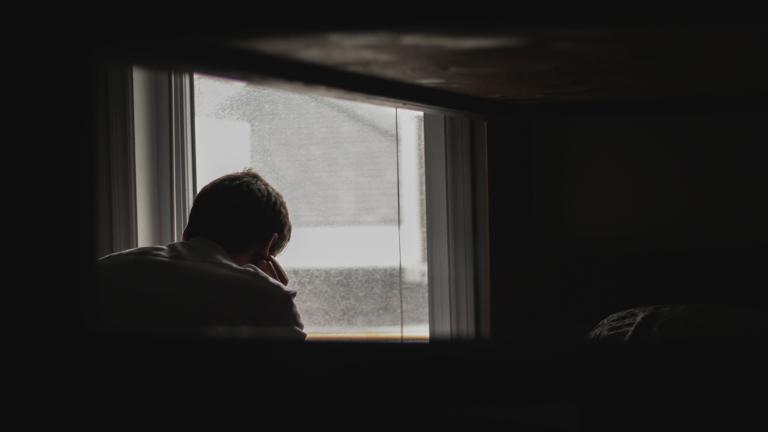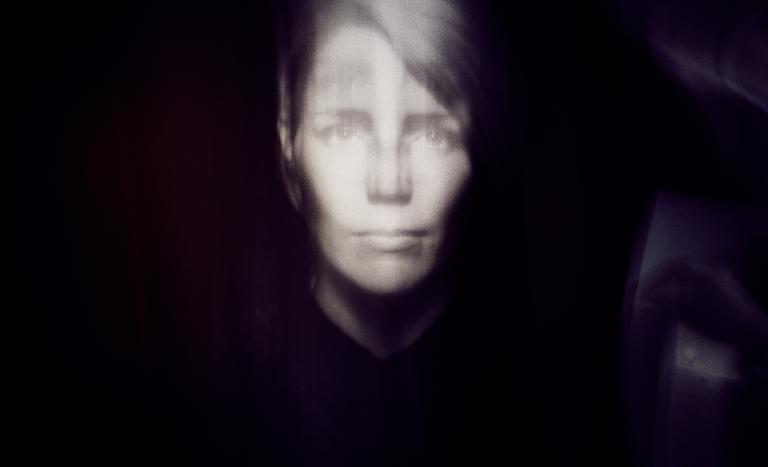Malaise is a common occurrence in the life of every human. That feeling of being tired or a little sad. Just not wanting to do anything. Bored. In some ways, a feeling of malaise is the most human thing in the world. We are creatures of pattern, destined for the mundane. Every new thing becomes familiar. The excitement of passion inevitably wanes over time. And we are left with something else. Or a couple different kinds of something else.

There are two sorts of malaise. The first is more like a depression, a deep and meaningful dissatisfaction. The second is more like boredom, a sort of apathy or monotony.
Both of these have similar symptoms. We talk about “being in a rut”, but which kind of malaise are we referencing when we say these things. The difference can seem small and is often hard to distinguish. But it is an important difference when it comes to how we respond.
The Strain
The first kind of malaise is a true and deep dissatisfaction. Our System One is being strained. We are not living out our values, not truly feeling alive. It is the kind of strain that leads to depression and mental illness. An out of control complacency. A loss of vision.

When we are faced with this kind of malaise, we need newness. We need intention. We need to name our vision and step into our values. This kind of malaise is a poison. It can destroy us if we don’t do something about it.
The Plain
The other kind of malaise is more complicated. It is a feeling of monotony. The consistency of discipline. And this is brought on by the harsh reality that life is predominantly spent on the plains. We seek the mountains (and even the valleys) because we “feel more alive” when things are extreme. But the plains, the ordinary is the place teeming with life. It is the place where our truest character develops.

On the plains, in the midst of this kind of malaise, we need grit and perseverance. We need a perspective of thankfulness, to see the value of where we are and the opportunity it affords us to live in accordance with our vision and values. We handle this malaise in quite the opposite way of the other: we press into it. We make the most of it and make our choices in the midst of it.
Discerning the Difference
So with two very different responses to two very similar-feeling types of malaise, the question becomes how do I discern the difference? While the feeling of normality can be terrifying, it can also be comforting. Which is right? Which kind of malaise am I feeling: the one that tells me I need a change or the one that tells me I’m on the right track?
This is why intentional vision is so important in our lives. We need a transcendent mission to devote our lives to. Otherwise, it is impossible to discern one malaise from the other. Each feels too similar to the other. Each is a reaction to circumstances, which change like the wind. What we need is something to tether us to the truth.
If your malaise aligns with your vision, you are on the right track. It might not feel particularly exciting. It might feel normal and familiar. That is the fruit of consistency, ironically.

If, however, you are living outside your vision, a malaise is the indicator you need to recalibrate your thinking and your behavior.
The difference-maker is vision. It is the lighthouse that directs us. It is the truth that serves as a compass. We cannot allow malaise to be our masters. Otherwise, we will let it leads us astray in both directions! We need malaise to be an alarm that lets us know we are so on track that living our vision is normalizing or we are so off track that our vision is fading in the distance. Either way, we must name our vision truly and honestly in order to discern the difference.












